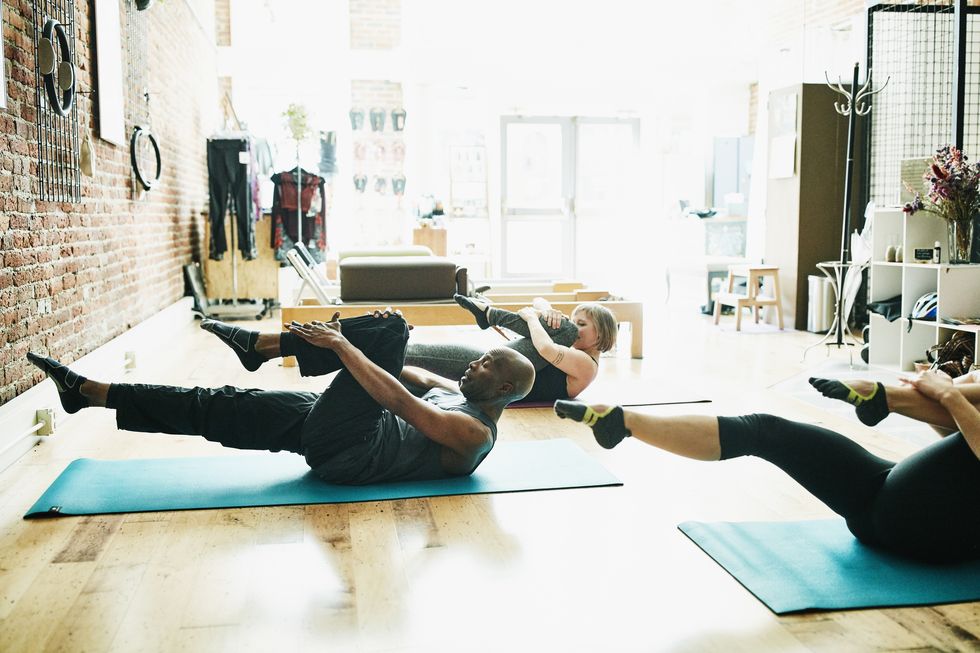What exactly is Pilates, and why should runners be adding it into their training schedule?
What is Pilates?
Pilates often gets thrown into the same category as yoga, so you'd be forgiven for thinking it's all about stretching and holding poses. In fact, they have very different backgrounds and goals.
In contrast to yoga's ancient history, Pilates was only devised in the 1920s. Joseph Pilates was born in Germany in 1883. Moving to England to work as a circus performer and boxer, he was interned with other German nationals during the First World War. During this period he developed his technique of physical fitness, teaching his fellow internees and then working in a hospital on the Isle of Man. He even developed the first version of his famous 'reformer' machine by attaching bed springs to hospital beds to help support the limbs of patients unable to walk. He subsquently emigrated to the US and together with his wife Clara, set up a gym in New York, where his system became popular with dancers in particular.
Today, pilates classes feature specific sets of exercises - which can be adapted to your own level - to improve core stability and encourage better posture. Classes in studios might include the Reformer machine, but others will take place on mats, with various pieces of equipment such as stability balls, resistance bands and even foam rollers.
Why should runners do Pilates?
Simply, because it will make you a better runner. In a 2018 study published in Plos One, trained runners who took part in a 12-week course of pilates (consisting of two one-hour sessions each week) significantly improved their 5K time. Stability and core strength is essential for an efficient running technique and to help you avoid injury.
In terms of runners, sometimes a slight imbalance in the body will go on to create problems because it’s such a repetitive movement that you’re doing. Even a small adjustment in your posture or in your core stability can make a huge impact.
What’s the difference between matwork Pilates and Reformer Pilates?
Both classes work the same muscles, just in a slightly different way. Matwork takes place on the floor and can be done without any equipment, though sometimes involves balls, bands or rollers which can add an extra challenge. Reformer classes use the Universal Reformers. These are frame structures with adjustable springs and pulleys that provide resistance as exercises are carried out, and give a symmetrical grid to work in.
What are the benefits of each type of Pilates?
With Reformer machines and classes, the closed chain environment can provide a particularly effective workout. It can really work on correcting hip, knee and ankle alignment, and improve the tracking of the knee, which is particularly useful for runners with knee problems, as it can focus on the vastus medialis obliquus, one of your quadriceps. Even though runners often get strong quads, this stabilising muscle can be weak. There’s also a Reformer attachment called a jump board, which is great for improving your running action.
In terms of matwork, the main benefit is you can do matwork anywhere, in particular before and after your run! After all, unless you happen to live above a studio, you won't have access to the equipment 24/7 - and Reformer classes can often be more expensive. Pilates accessories used in matwork are widely available to buy if you wish to supplement your routine. With the Reformer, you probably get slightly quicker results than you will do just doing the matwork, however realistically most runners are not going to have access to a Reformer before and after they run. So, what they’ve got to do is come up with a few simple exercises to do.
Should I do Pilates before or after my run?
As Pilates is a low impact activity, you can pretty much fit it in whenever you have time without compromising your run. And you also don't need to wait until that run is done - Pilates moves can be a great way to engage muscles and prepare them for a session.
If you are a runner, why not try out one of AinyFit's Fitness PILATES classes to find out if it can help you improve your form, stamina, time, etc? You can book here and choose from any of our four weekly classes!


